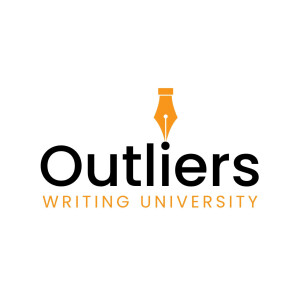
Friday May 16, 2025
CRIMINAL MISCHIEF 33: Toxicology Part 2
From HOWDUNNIT: FORENSICS
https://www.dplylemd.com/books/forensicscience
TOXICOLOGICAL TESTING PROCEDURES
The biggest problem facing the toxicologist is that there are literally thousands of drugs and chemicals that are harmful, addictive, or lethal if ingested, injected, or inhaled. Some even absorb directly through the skin. Toxicological testing is time-consuming and expensive, and few, if any, labs can afford to perform such testing on every case. For this reason, the testing must be as focused as possible.
An understanding of the circumstances surrounding the death is important since clues at the scene often point toward a particular drug. For example, a young girl found on her bed at home with an empty pill bottle at her side would lead to one avenue of testing while a long-term addict found in an alley with fresh needle marks would follow another path. The more clues as to the likely toxin that the circumstances of the death can supply, the narrower the field of possibilities the toxicologist must consider.
THE TWO-TIERED SYSTEM
When testing for drugs or poisons, the toxicologist typically follows a two-tiered approach. Initial tests, called presumptive tests, are for screening purposes and are typically easier and cheaper to perform. When negative, they indicate that the drug or class of drugs in question is not present and further testing is unnecessary. When positive, they indicate that a particular substance possibly is present. By using these screening tests the number of possibilities can be greatly reduced and the toxicologist can move on to the second phase, which utilizes more focused confirmatory testing. These tests are more expensive and time-consuming, but are designed to establish the identity of the exact drug present. This two-tiered approach saves considerable time and money.
This same approach is used whether the toxicologist is asked to analyze blood, urine, and other materials obtained from a person (living or deceased) or to test a batch of seized material believed to be illicit drugs.
Let’s say a corpse is found in an alleyway known for methamphetamine sales and use. If blood samples obtained at autopsy show a positive presumptive test for amphetamines, further confirmatory testing to identify the exact amphetamine present is indicated. If the test is negative, no further testing for amphetamines is done and the toxicologist will search for other classes of drugs.
To be doubly certain, the toxicologist prefers to find the drug or poison in at least two separate locations. Finding the toxin in the blood and the liver tissue is more reassuring than finding it in either one alone.
Or let’s say that the toxicologist is asked to test a seized substance and doing so shows a positive presumptive test for cocaine. Further confirmatory testing would then be indicated. If the screening test is negative, the substance may be analyzed for other drugs, but cocaine has been ruled out.
In most labs, testing for controlled and illegal drugs consumes 75 percent of the lab’s time and resources. The areas most often tested in this type of examination are blood and urine. After one of the presumptive tests shows that a particular drug or class of drugs is likely present, confirmatory testing with the combination of gas chromatography and mass spectrometry (GC-MS) or infrared spectroscopy are used to accurately identify which substance is present. See the appendix for details on these procedures.
No comments yet. Be the first to say something!